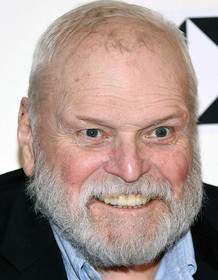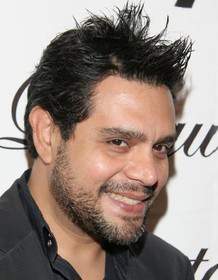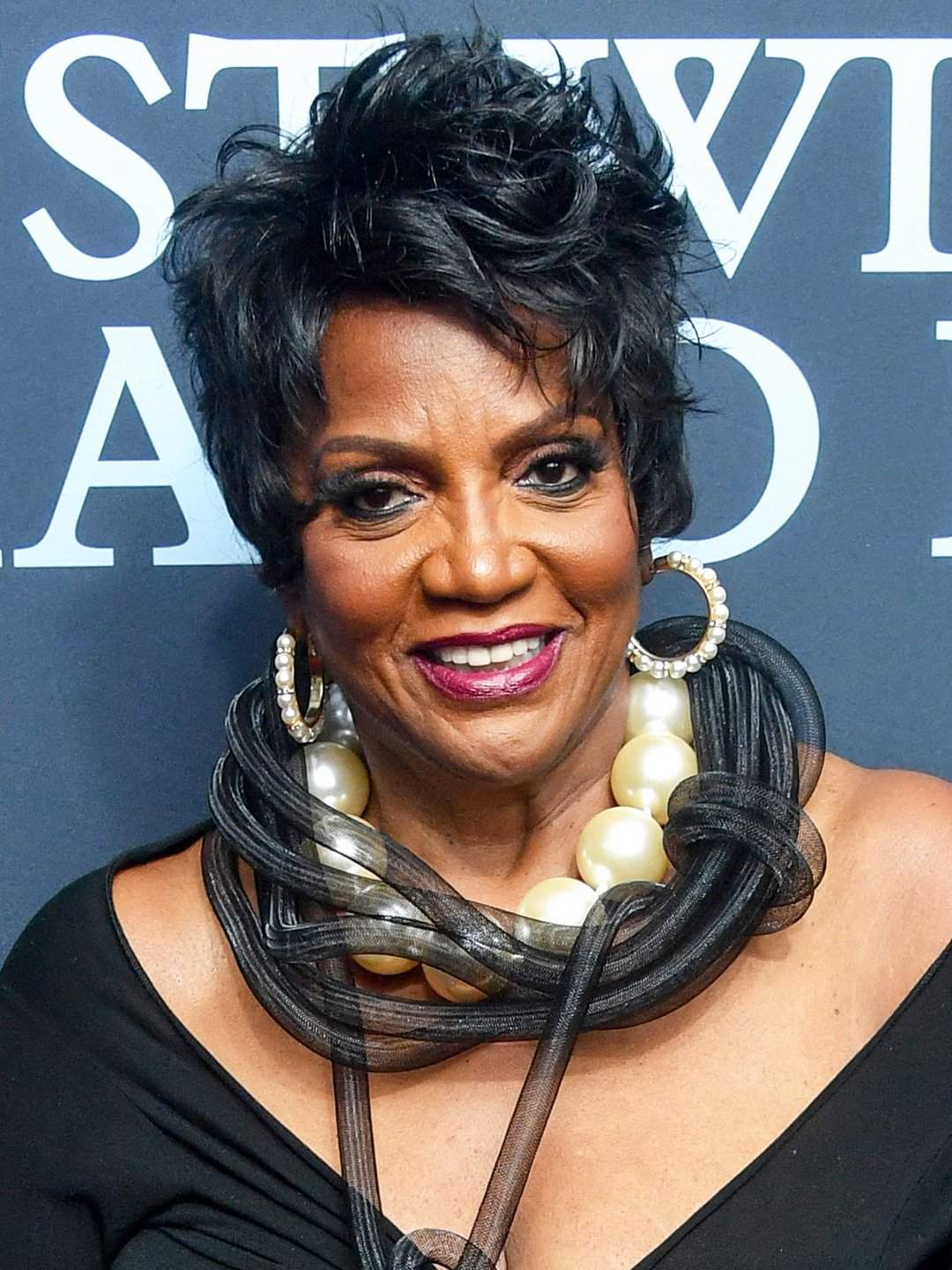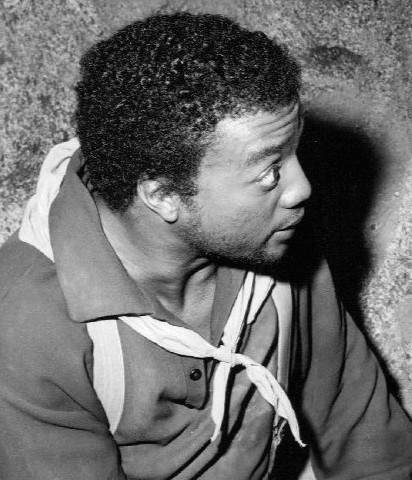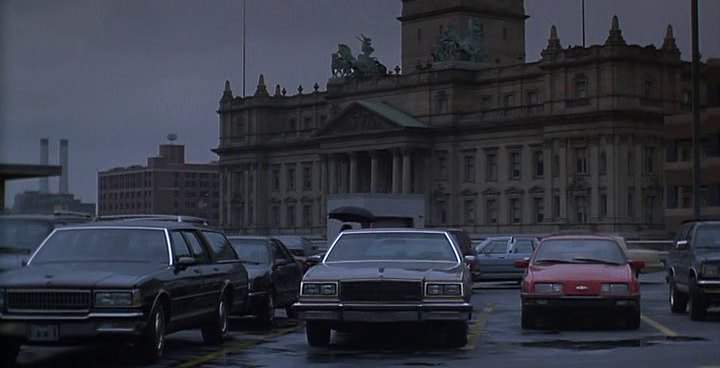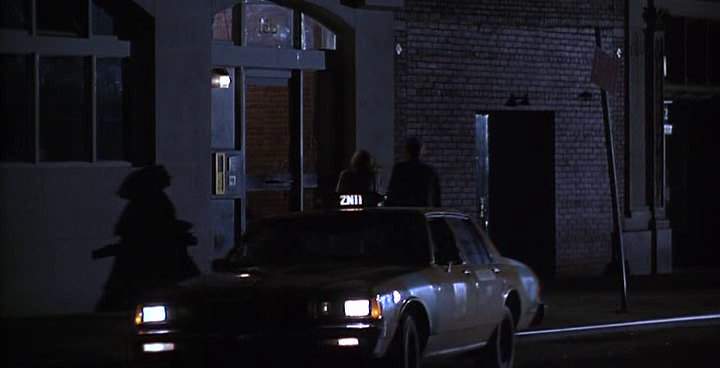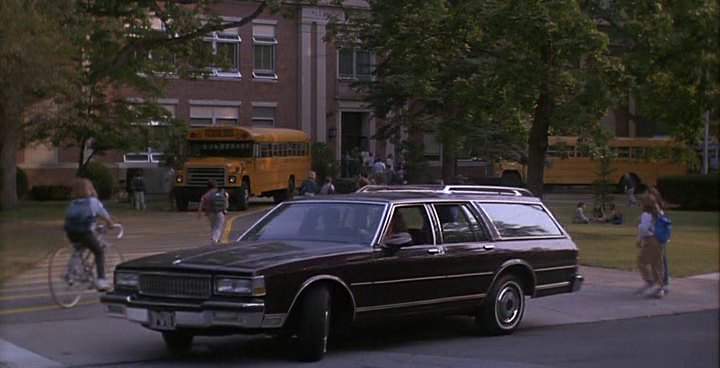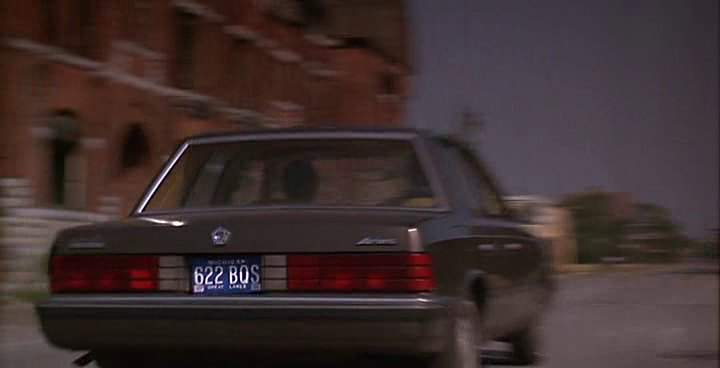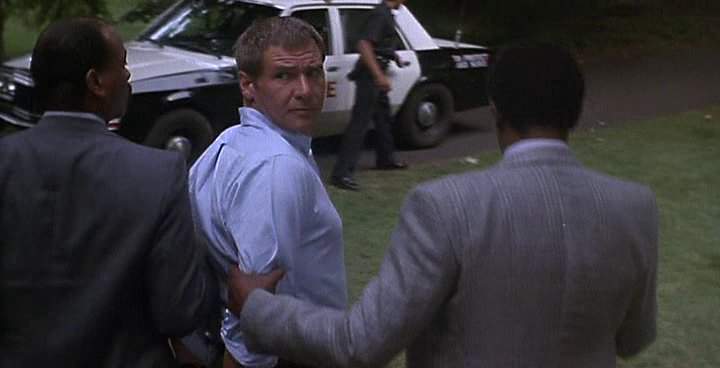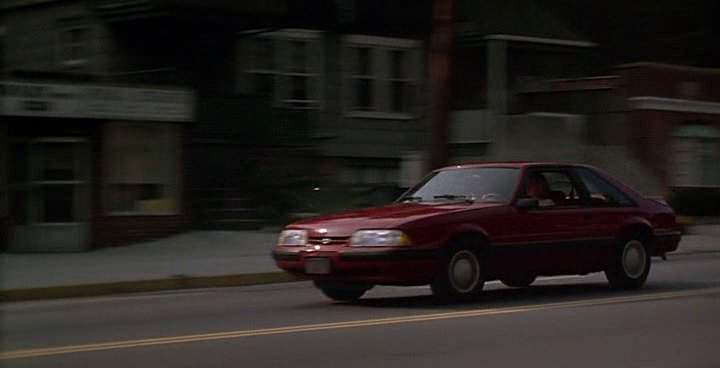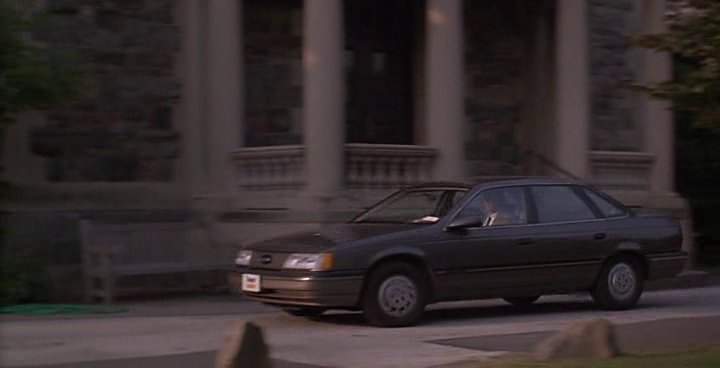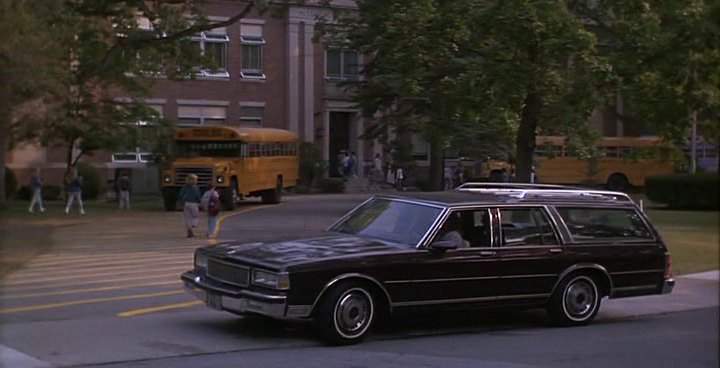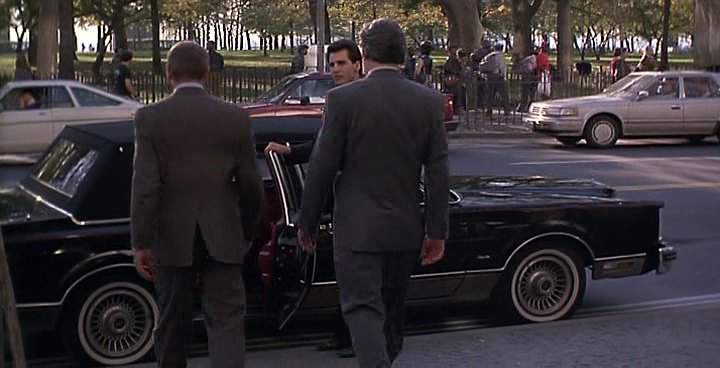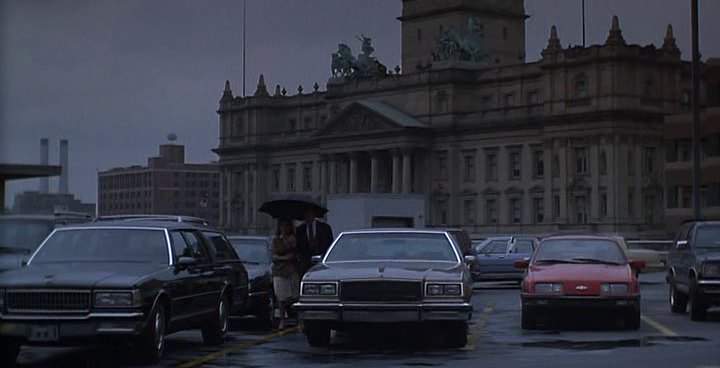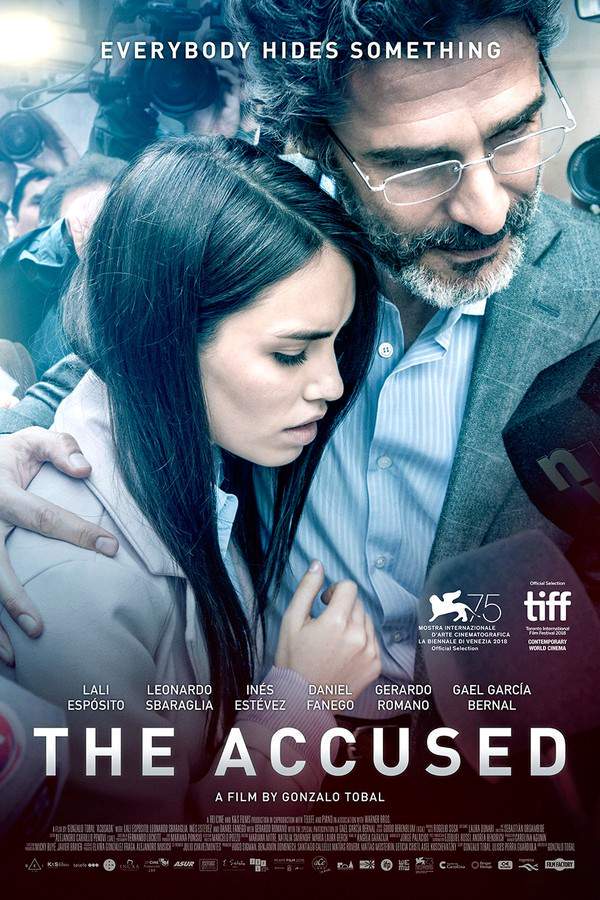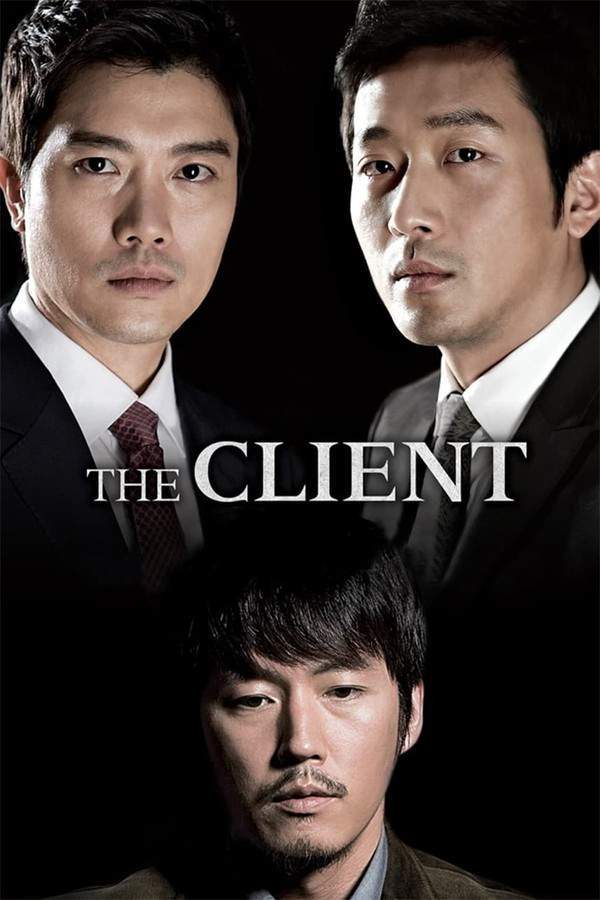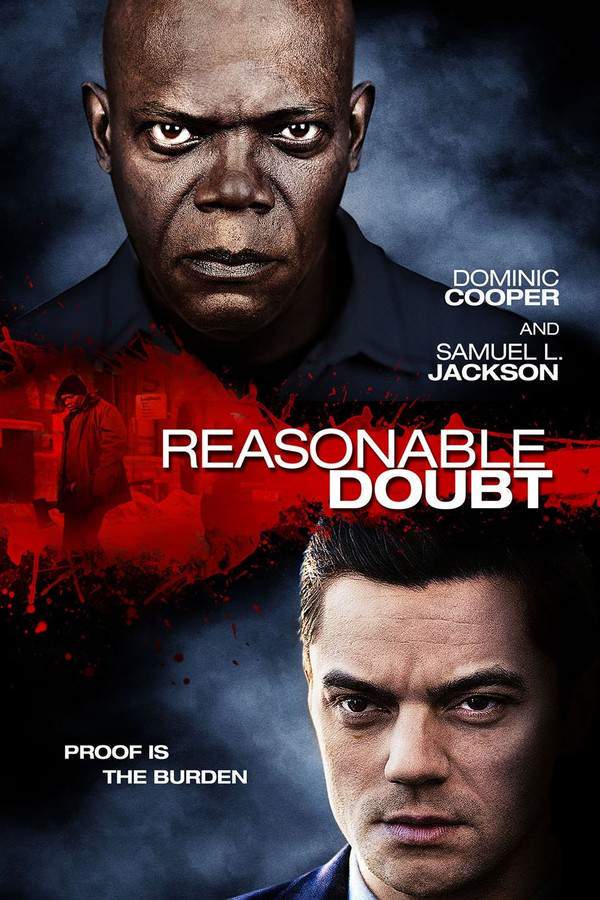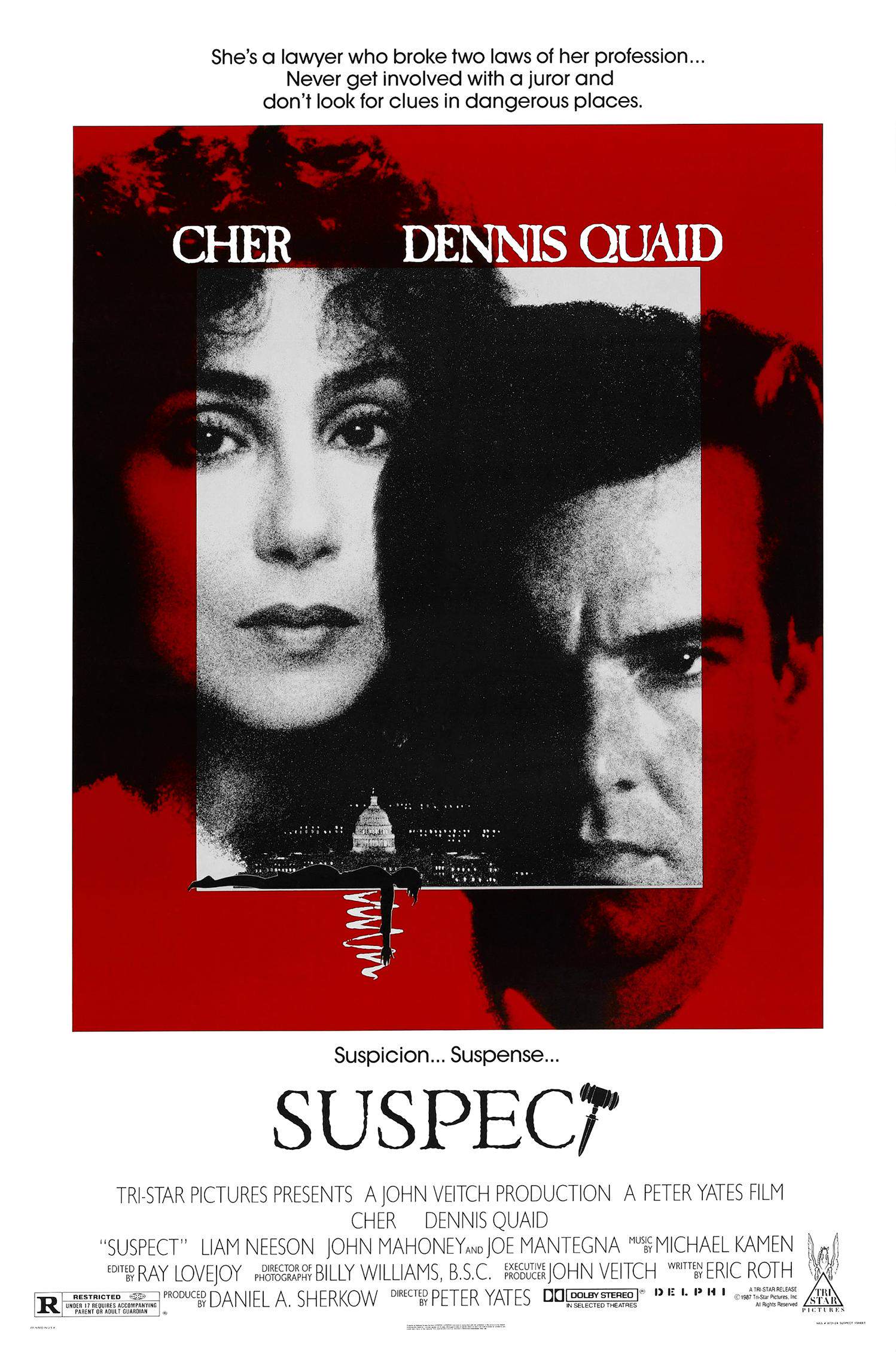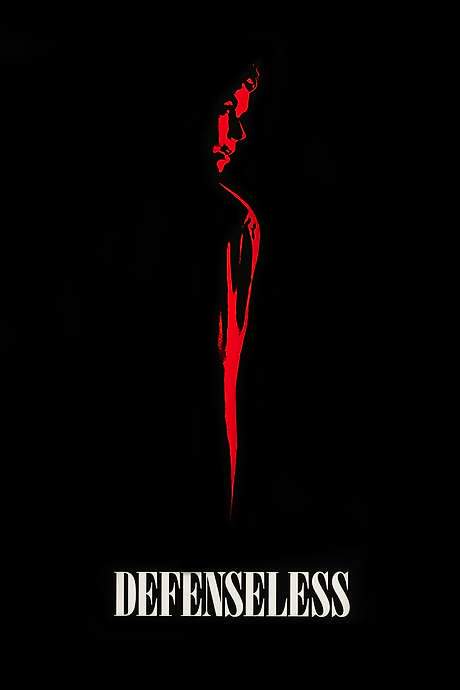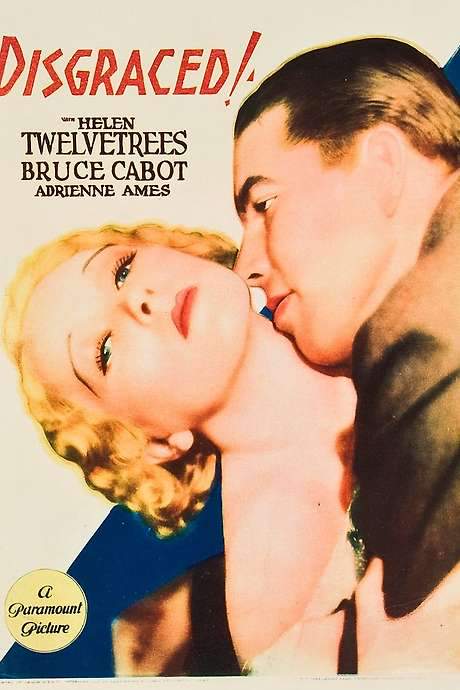Presumed Innocent 1990
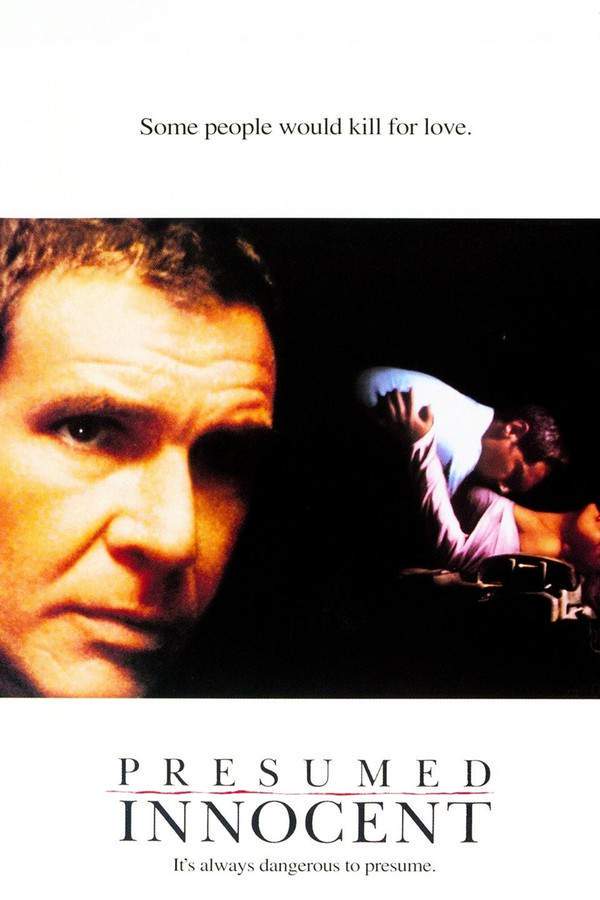
In the legal system, a shocking murder plunges prosecutor Raymond Horgan's office into turmoil. His deputy, Rusty Sabitch, finds himself the prime suspect in the brutal rape and murder of Carolyn Polhemus, a colleague with whom he had a secret affair. As the investigation unfolds, Rusty must fight to prove his innocence while confronting the complexities of his relationship with the victim and the intense scrutiny of his peers.
Does Presumed Innocent have end credit scenes?
No!
Presumed Innocent does not have end credit scenes. You can leave when the credits roll.
Meet the Full Cast and Actors of Presumed Innocent
Explore the complete cast of Presumed Innocent, including both lead and supporting actors. Learn who plays each character, discover their past roles and achievements, and find out what makes this ensemble cast stand out in the world of film and television.
External Links and Streaming Options
Discover where to watch Presumed Innocent online, including streaming platforms, rental options, and official sources. Compare reviews, ratings, and in-depth movie information across sites like IMDb, TMDb, Wikipedia or Rotten Tomatoes.
Ratings and Reviews for Presumed Innocent
See how Presumed Innocent is rated across major platforms like IMDb, Metacritic, and TMDb. Compare audience scores and critic reviews to understand where Presumed Innocent stands among top-rated movies in its genre.

Metascore
tbd
User Score


%
TOMATOMETER

0%
User Score

68
%
User Score
Take the Ultimate Presumed Innocent Movie Quiz
Challenge your knowledge of Presumed Innocent with this fun and interactive movie quiz. Test yourself on key plot points, iconic characters, hidden details, and memorable moments to see how well you really know the film.
Presumed Innocent Quiz: Test your knowledge on the intricate plot and characters of the movie 'Presumed Innocent'.
Who is the main character of 'Presumed Innocent'?
Raymond Horgan
Rozat 'Rusty' Sabich
Carolyn Polhemus
Dan Lipranzer
Show hint
Full Plot Summary and Ending Explained for Presumed Innocent
Read the complete plot summary of Presumed Innocent, including all major events, twists, and the full ending explained in detail. Explore key characters, themes, hidden meanings, and everything you need to understand the story from beginning to end.
As the steadfast right-hand man of District Attorney Raymond Horgan, Rozat “Rusty” Sabich finds himself embroiled in a high-stakes murder investigation that threatens to unravel both his career and personal life. The brutal discovery of his colleague, Carolyn Polhemus, in her apartment sets off a horrifying chain of events that challenge Rusty’s resolve as both a prosecutor and a man confronting his own secrets.
Initially, Detective Harold Greer spearheads the investigation, but Rusty’s influence quickly brings his friend Dan Lipranzer into the fold. Rusty’s motivations are twofold: he wants to keep his relationship with Carolyn hidden while simultaneously distancing himself as a potential suspect. But Raymond Horgan isn’t pleased with Rusty’s management of the case, especially given his complicated history with the victim.
As the political storm heats up with the upcoming election for District Attorney, Tommy Molto, now working on Nico Della Guardia’s campaign, begins to dig into the investigation. As tension builds, Lipranzer finds himself removed from the case, and Greer uncovers unsettling truths about Rusty’s secret affair with Carolyn, gearing up for a fierce confrontation.
Rusty turns to defense attorney Sandy Stern for guidance, but the trial only reveals fractures in his facade. A vital piece of evidence—a beer glass with Rusty’s fingerprints—vanishes, casting a shadow over his innocence. Horgan testifies, committing perjury to protect Rusty, who desperately struggles to reclaim control in an increasingly chaotic environment.
The investigation takes a pivotal turn when Rusty and Lipranzer confront Leon Wells, entangled in a bribery scandal involving Judge Lyttle. It is revealed that Carolyn had played a crucial role in facilitating illegal payoffs, and Wells’ confession proves a devastating blow to Rusty, pushing him further into a quagmire of deceit and betrayal. As tensions escalate, Stern’s defense strategy leans on the idea that Della Guardia and Molto have conspired to manipulate the evidence, turning the investigation against Rusty.
During the coroner’s examination, it is revealed that Carolyn had undergone tubal ligation, making the presence of spermicidal contraceptive in her body a baffling revelation. Stern posits that the fluid sample could not possibly have originated from Carolyn, thus shaking the foundation of the prosecution’s case. The compilation of these contradictions and the elusive beer glass ultimately leads Judge Lyttle to dismiss the charges against Rusty.
Yet this dismissal incites a fierce showdown between Rusty and Stern, with the latter disclosing damaging secrets about Lyttle’s past, including a brief encounter with Carolyn. Stern confesses that both he and Horgan were aware of Lyttle’s corruption but overlooked it for his legal prowess—a revelation that comes too late for Lyttle, who resigns immediately.
In a moment of clarity, Lipranzer reveals to Rusty the truth about the missing beer glass, which he failed to return to evidence. In a symbolic act of letting go, Rusty discards the glass into the river, symbolizing his break from the tainted investigation.
In an astonishing twist of fate, Rusty finds a small hatchet in his home, stained with blood and hair. Barbara’s heartfelt confession unveils her role in Carolyn’s murder, ignited by her feelings of betrayal regarding the affair. She had intentionally left clues for Rusty to discover, but she never anticipated the legal repercussions.
As Rusty navigates the ramifications of his choices, he comes to accept that Carolyn’s murder will remain unsolved; prosecuting two individuals for the same crime is virtually impossible. Moreover, he acknowledges the moral complexity of justice, realizing that his own sense of guilt suffuses the narrative—there exists both a perpetrator and a punishment, rooted in his actions that ultimately led to Carolyn’s tragic end.
Uncover the Details: Timeline, Characters, Themes, and Beyond!

Coming soon on iOS and Android
The Plot Explained Mobile App
From blockbusters to hidden gems — dive into movie stories anytime, anywhere. Save your favorites, discover plots faster, and never miss a twist again.
Sign up to be the first to know when we launch. Your email stays private — always.
Watch Trailers, Clips & Behind-the-Scenes for Presumed Innocent
Watch official trailers, exclusive clips, cast interviews, and behind-the-scenes footage from Presumed Innocent. Dive deeper into the making of the film, its standout moments, and key production insights.
Cars Featured in Presumed Innocent
Explore all cars featured in Presumed Innocent, including their makes, models, scenes they appear in, and their significance to the plot. A must-read for car enthusiasts and movie buffs alike.
Presumed Innocent Themes and Keywords
Discover the central themes, ideas, and keywords that define the movie’s story, tone, and message. Analyze the film’s deeper meanings, genre influences, and recurring concepts.
Presumed Innocent Other Names and Titles
Explore the various alternative titles, translations, and other names used for Presumed Innocent across different regions and languages. Understand how the film is marketed and recognized worldwide.
Similar Movies To Presumed Innocent You Should Know About
Browse a curated list of movies similar in genre, tone, characters, or story structure. Discover new titles like the one you're watching, perfect for fans of related plots, vibes, or cinematic styles.
Quick Links: Summary, Cast, Ratings, More

What's After the Movie?
Not sure whether to stay after the credits? Find out!
Explore Our Movie Platform
New Movie Releases (2025)
Famous Movie Actors
Top Film Production Studios
Movie Plot Summaries & Endings
Major Movie Awards & Winners
Best Concert Films & Music Documentaries
Movie Collections and Curated Lists
© 2025 What's After the Movie. All rights reserved.





